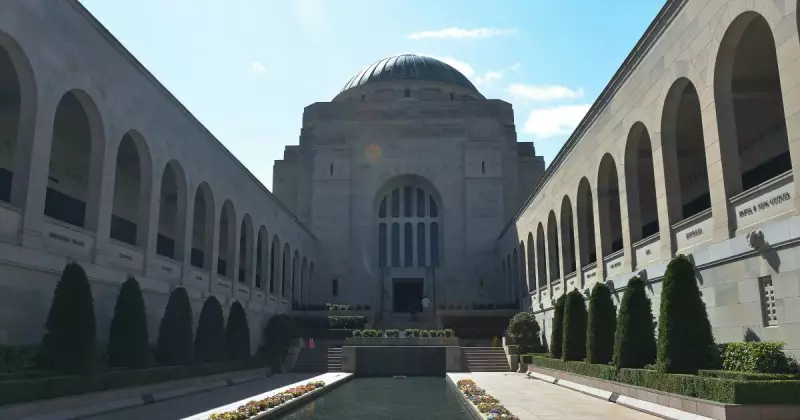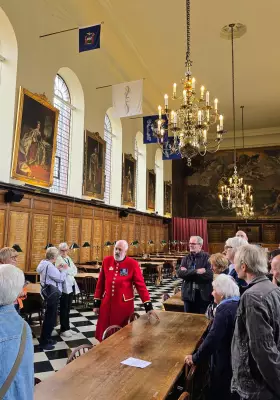
The AWM's Three Pillars of Remembrance
Following Remembrance Day observances, Australian War Memorial board member Glenn Keys has provided important context about the institution's multifaceted role in response to earlier public commentary.
In a recent letter, Keys addressed statements suggesting the AWM's primary purpose was solely as a memorial to Australia's war dead. He clarified that the Australian War Memorial ACT 1980 establishes three functions of equal importance - serving simultaneously as a memorial, museum, and archive.
Understanding Through Context
Having observed numerous veterans' families visiting the memorial in recent weeks, Keys noted that for these families, commemoration extends beyond seeing a name on a wall. It represents an opportunity to understand the conflict in which their loved ones served and to access specific service details if desired.
"To deny the families and friends the opportunity to learn of the veteran's service would diminish the chance to commemorate their service and their loss," Keys emphasized.
The AWM's distinctive quality, according to Keys, is its ability to provide context that promotes understanding. This understanding is essential for meaningful commemoration of the causes, conduct and consequences of war and its impact on family, friends and colleagues.
A Founding Principle of 'Never Again'
Keys highlighted the memorial's opening on Armistice Day in 1941 by then governor-general Lord Gowrie VC, who stated that visitors leaving the memorial should utter "Never again. Never again."
This sentiment remains a guiding principle for how the Australian War Memorial interprets the nation's experience of war and its enduring impact on society.
The institution continues to balance its triple function - honoring the fallen while educating current and future generations about the realities of military service and conflict.





